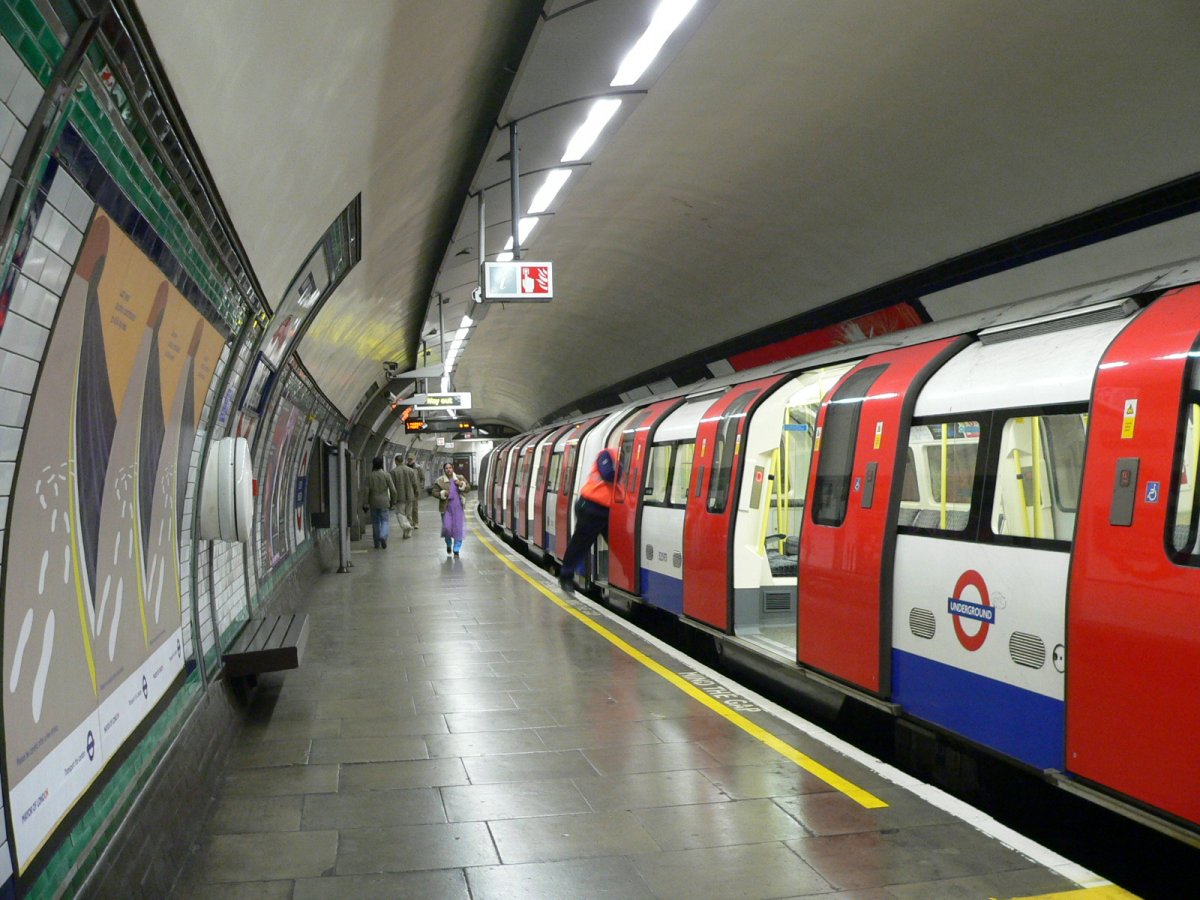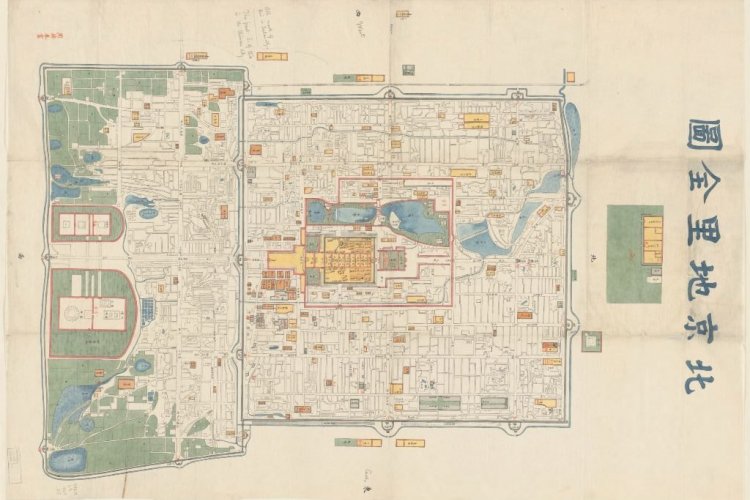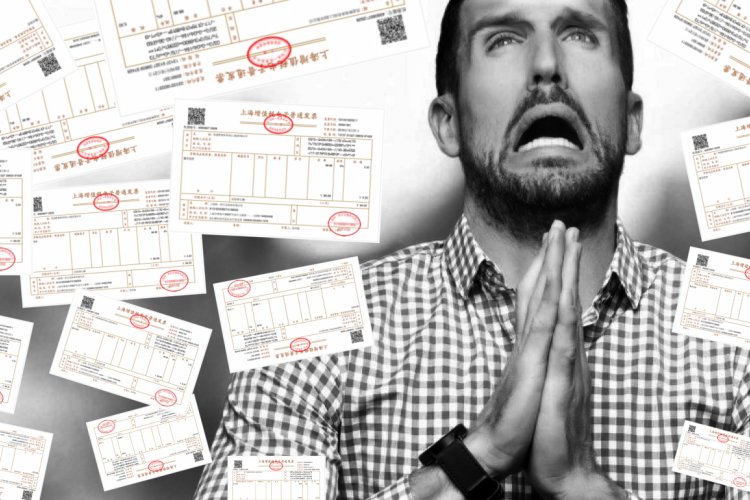The Subway Battles, Round 2: Beijing, NYC, Paris, London, Tokyo
We have been delving into investigations of metro systems around China in hopes of understanding how the Beijing Subway operates in comparison. Now, it’s time to uncover the underground world in cities around the world. We have chosen New York City, Paris, London, and Tokyo to explore. Considering six factors, we took to the internet for research, questioned friends for further insight and assessed personal experiences, gathering a plethora of information. To get a better sense of where each city stands on the spectrum, we rated each factor out of 10. It’s clear that older metro systems aren’t functioning as smoothly anymore, but it’s only a matter of time before these cities are able to upgrade their facilities to meet the standards today. If you didn’t read round one in our Subway Battles, check it out here.
Beijing (地铁 / ditie / subway)
Since 1969

Read about Beijing’s Subway here.
Number of lines: 10/10
Tickets and pricing: 6/10
Frequency: 9/10
Cleanliness: 10/10
Safety: 8/10
Accessibility: 8/10
Overall score: 8.5/10
New York City (Subway / MTA)
Since 1904

Number of lines: 10/10
Thirty-four lines (422 stations), including service to John F. Kennedy and LaGuardia Airport. The MTA is the world’s largest rapid transit system by stations. The lines connect the boroughs of Manhattan (Uptown/Downtown), Brooklyn, Queens and the Bronx. They can be navigated easily by identifying the line numbers although all of the numbers can get confusing for those new to New York's geography.
Tickets and pricing: 3/10
The flimsy paper cards known as the MetroCard is reusable and refillable at automated machines. Costing USD 1 for a new card, these are easy to replace but can prove costly over time. Frequent riders will notice their cards deteriorating quickly as the card's material often doesn't withstand the wear and tear of big city living. Each trip is USD 2.75, with half-price fares for passengers with a disability and senior citizens, 65 years or over. An unlimited MetroCard for 30-days can be purchased for USD 116.50 and 7-days for USD 31. These cards often require multiple swipes at different speeds before the machine processes the transaction. Not only does this slow down the flow of crowds, this obstacle is further complicated by the turnstiles, instead of automatic gates.
Frequency: 5/10
Most lines run 24 hours a day but wait time is longer than Beijing with waits from four minutes up to 20 minutes. The number of delays this year has increased to over 20,000 delays every month, as a result of overcrowding. This is also because several lines have reached their maximum operating capacity.
Cleanliness: 2/10
As it is one of the world’s oldest public transport systems, the stations have deteriorated and become rat infested. It’s not unusual to see a rat when riding the subway but New Yorkers have long become unfazed by it. Oftentimes the hygiene of subway seats is questionable and its not uncommon to see questionable liquids on seats. However, new designs for stations and trains were unveiled this month and they look rather similar to the trains used to in Beijing.
Safety: 1/10
There are no security checks and no safety doors are installed on any lines. The platforms aren’t as wide as Beijing, making overcrowding a serious problem. There are frequent reports of suicides, crime, and accidents.
Accessibility: 7/10
Signs to identify stations vary from lampposts to logos to neon signs in Times Square. The announcements and signs are in English. The original stations weren’t made handicapped-accessible but new construction has made 103 stations accessible.
Overall score: 4.7/10
Paris (Métro de Paris / Metro)
Since 1900

Number of lines: 10/10
Sixteen lines (303 stations), not including five RER lines (257 stations). The RER is a commuter rail that branches out to airports and suburban Paris. They are double decker trains with more seats to accommodate long journeys. Downloading the RATP mobile app is the most useful tool for getting around. It selects the fastest route automatically but you are able to apply filters according to your preferences.
Tickets and pricing: 8/10
A wide range of tickets is offered to suit every traveler’s needs. You can purchase a set of 10 single-journey tickets for a discounted price of EUR 14.10. Prices for day tickets vary depending on the zones you can access with them. You generally want to be able to access zones 1-3 of central Paris. Weekly and monthly passes are known as the Navigo pass that allows you to access zones 1-5 for EUR 21.21 weekly or EUR 70 monthly.
Frequency: 9/10
Every two minutes during rush hour. Approximately eight-10 minutes during off-peak hours. Delays of one-two minutes are often experienced.
Cleanliness: 6/10
Similar to the New York City subway, it is one of the world’s oldest metro systems. Despite its decaying facade, the stations and cars remain clean. It is a common understanding and unspoken agreement that you do not eat or drink on the trains. Riders are cautioned to be careful during rainy days when the platform and staircases can become slippery due to water leaking from cracks in the ceiling.
Safety: 8/10
There are no security checks or safety doors installed. However, armed soldiers roam the metro lines and train cars as security has been tightened in recent years. At night, staff members will occasionally request passengers to present identification or tickets after entrances.
Accessibility: 3/10
The most inconvenient function of the trains is that the doors do not automatically open. You must either twist a knob or press a button for doors to open, depending on the line you’re on. Safety doors have been installed at newer stations such as Line 14, but the majority of lines are not equipped with safety doors. Announcements and signs are exclusively in French, making it difficult for the millions of English-speaking tourists. However, the lines are surprisingly easy to navigate, if you can remember the names of stations. The station entrances often have different designs, inspired by the art nouveau movement; some stations are easier to find than others. Lifts are rarely available, requiring passengers to walk numerous flights of stairs to get to their destination. Furthermore, transfer stations often require long walks to reach the subsequent station. Exit doors are quite heavy and a sturdy push is needed to swing them open.
Overall score: 7.3/10
London (The London Underground / The Tube / TFL / Metro)
Since 1863

Number of lines: 10/10
Twelve lines (270 stations), including airport transfer to Heathrow International Airport. The Tube is divided into nine zones, with zone six-nine in the outskirts of the city.
Tickets and pricing: 7/10
You can purchase tickets in the form of an Oyster card, visitor Oyster card, Travelcard or a contactless payment card, the pay as you travel card. A single journey without a card costs GBP 4.90 whereas a journey with a card is GBP 2.40. That's almost RMB 50, and a huge dent in your wallet. if you don't pick up an Oyster card.
Frequency: 3/10
Trains are scheduled to arrive approximately every two-five minutes but frequent delays have kept passengers waiting for much longer than expected. The unreliable system has yet to be fixed and it remains as one of its major problems.
Cleanliness: 7/10
Similar to Paris, the seats are covered with fabric, making it difficult to clean while dust and dirt accumulate. Stations are fairly clean with garbage rarely seen on the ground.
Safety: 6/10
There are only safety doors in new stations but accidents caused by overcrowding are rare as staff monitor the platforms during rush hours. Many suicides have been averted by the deep pits below the tracks that were originally constructed for water drainage purposes. It should be said that the Tube can get particularly hot when London is lucky enough to receive summer weather and the air conditioning system is extremely outdated, making long trips quite uncomfortable.
Accessibility: 3/10
Overcrowding causes problems for travelers with a disability. Especially the 20cm gap between the platform and the train that makes getting on and off problematic. Although there are lifts and escalators at many stations, it usually requires a few steps to reach them. Before 1993, wheelchairs were prohibited on the Tube.
Overall score: 6/10
Tokyo (東京の地下鉄 / Subway / Metro)
Since 1927

Number of lines: 10/10
Thirteen lines (285 stations), including airport transfers to Narita International Airport and Haneda Airport. Each line is identified by its Japanese name, an alphabetical letter, and an individual color; stations can be identified by name or are easily differentiated by numbers below each letter.
Tickets and pricing: 8/10
Regular tickets are sold depending on the distance you expect to travel, ranging from JAP 170 to JAP 310. Three different types of coupon tickets each sold at reduced prices in packs of 11,12 or 14. The PASMO card is a top-up card that can be purchased for a deposit of JAP 500. You can even use the card to pay for items at vending machines and several stores associated with transportation operators.
Frequency: 10/10
Every two minutes during rush hour. Approximately four-eight minutes during off-peak hours, with trains at 11pm as frequent as four minutes. Delays are basically nonexistent.
Cleanliness: 10/10
As expected, the stations and trains are impeccably well kept and spotless. There are many recycling bins inside the station but no actual garbage bins. Passengers are well-aware of rules and they help to keep the stations clean.
Safety: 9/10
There are no security checks at entrances but most stations have installed safety doors. Despite the overpopulation, people wait in orderly lines before boarding, thus preventing accidents. There are women-only cars available during morning rush hours for women and children to ride in for reassured security.
Accessibility: 9/10
The lines are intricately interwoven and it may be difficult to get around at first but you’ll quickly realize that stations are well connected. In addition, staff members are attentive to passengers in wheelchairs by placing boards between the gap so they can ride smoothly. The announcements are made in Japanese, English, Korean and sometimes Mandarin, making it of the most comprehensive language coverage.
Overall score: 9.3/10
Have you used these subway systems? How would you rate your experience versus Beijing's Metro? Leave your comments below.
Thank you to Jaime Teo and Mayu Kodera for providing information from their personal experiences to this article.
Photos: Youtube, Wikipedia, Marilynn K. Yee/The New York Times, Bombardier, ITPro, CNN
Related stories :
Comments
New comments are displayed first.Comments
![]() schreursm
Submitted by Guest on Wed, 08/24/2016 - 13:56 Permalink
schreursm
Submitted by Guest on Wed, 08/24/2016 - 13:56 Permalink
Re: The Subway Battles, Round 2: Beijing, NYC, Paris, London,...
Beijing's Subway is better than the London Underground? That is the most charitable assessment of the Beijing Subway ever.
The London Underground has serious issues when it comes to running on time, having frequent trains, and having engineering works get in the way, while the Beijing Subway barely breaks or is delayed. I think that makes a huge difference.
![]() Steven Schwankert
Submitted by Guest on Tue, 08/23/2016 - 02:08 Permalink
Steven Schwankert
Submitted by Guest on Tue, 08/23/2016 - 02:08 Permalink
Re: The Subway Battles, Round 2: Beijing, NYC, Paris, London,...
Beijing's Subway is better than the London Underground? That is the most charitable assessment of the Beijing Subway ever.
![]() Arvi89
Submitted by Guest on Mon, 08/22/2016 - 11:08 Permalink
Arvi89
Submitted by Guest on Mon, 08/22/2016 - 11:08 Permalink
Re: The Subway Battles, Round 2: Beijing, NYC, Paris, London,...
I completely disagree with accessibility for Paris and Tokyo.
For Paris, a lot of stations got safety doors, not only the line 14 (with automatic opening doors then). It's also not only in French, maybe some lines but most of the touristic lines have different languages (and honestly, it's so easy that you don't even need to listen). The station sign is always the same everywhere, and there are more lifts than in Beijing (plus, unlike Beijing, except for station St Lazarre with the RER E, station are not that deep so taking stairs doesn't mean 100 steps...). Lines are always built close to each other so you don't need to walk that much (the longest is only at 1 station only, because you have 8 different lines, and even there, it's still shorter than most of the connections in Beijing). As for the exit doors, it's automatic almost everywhere, so not heavy at all.
As for Tokyo, anyone who's been there will know how messy it is with different companies in charge of different lines.
Validate your mobile phone number to post comments.







